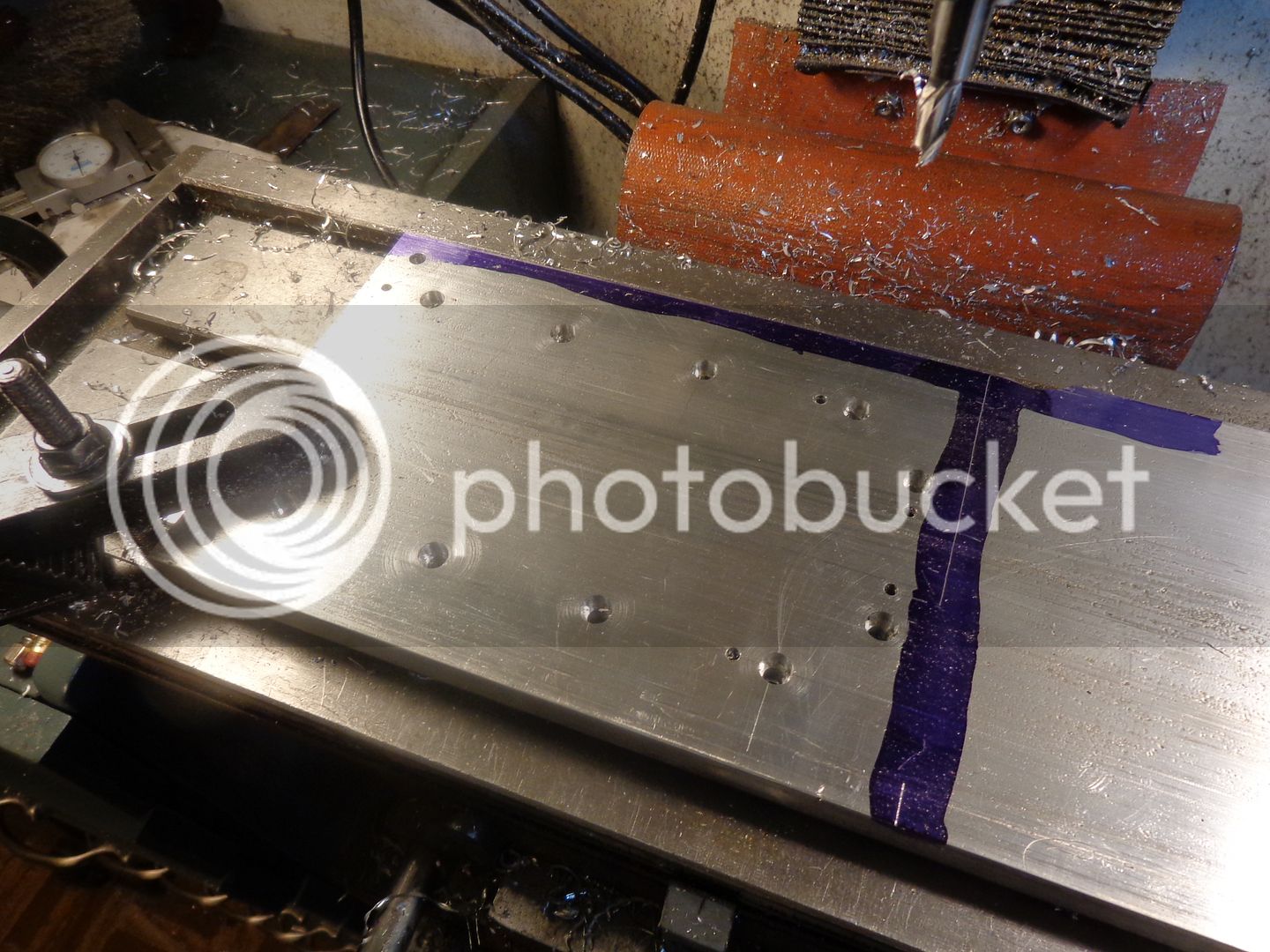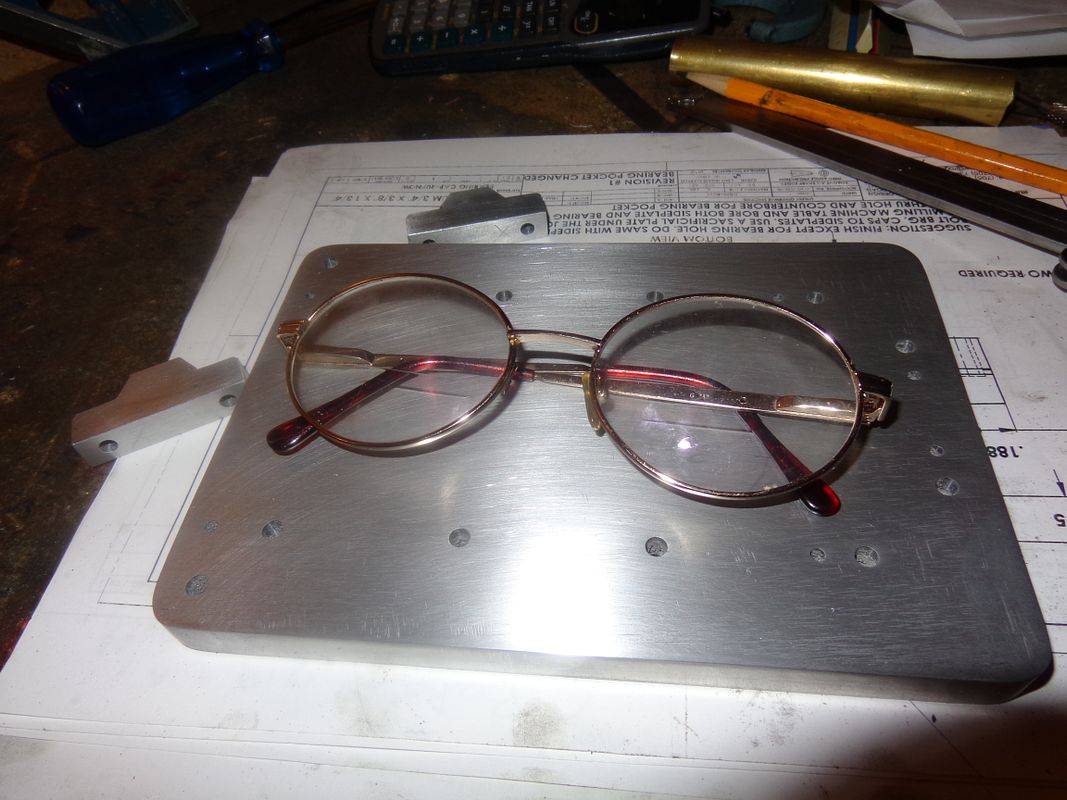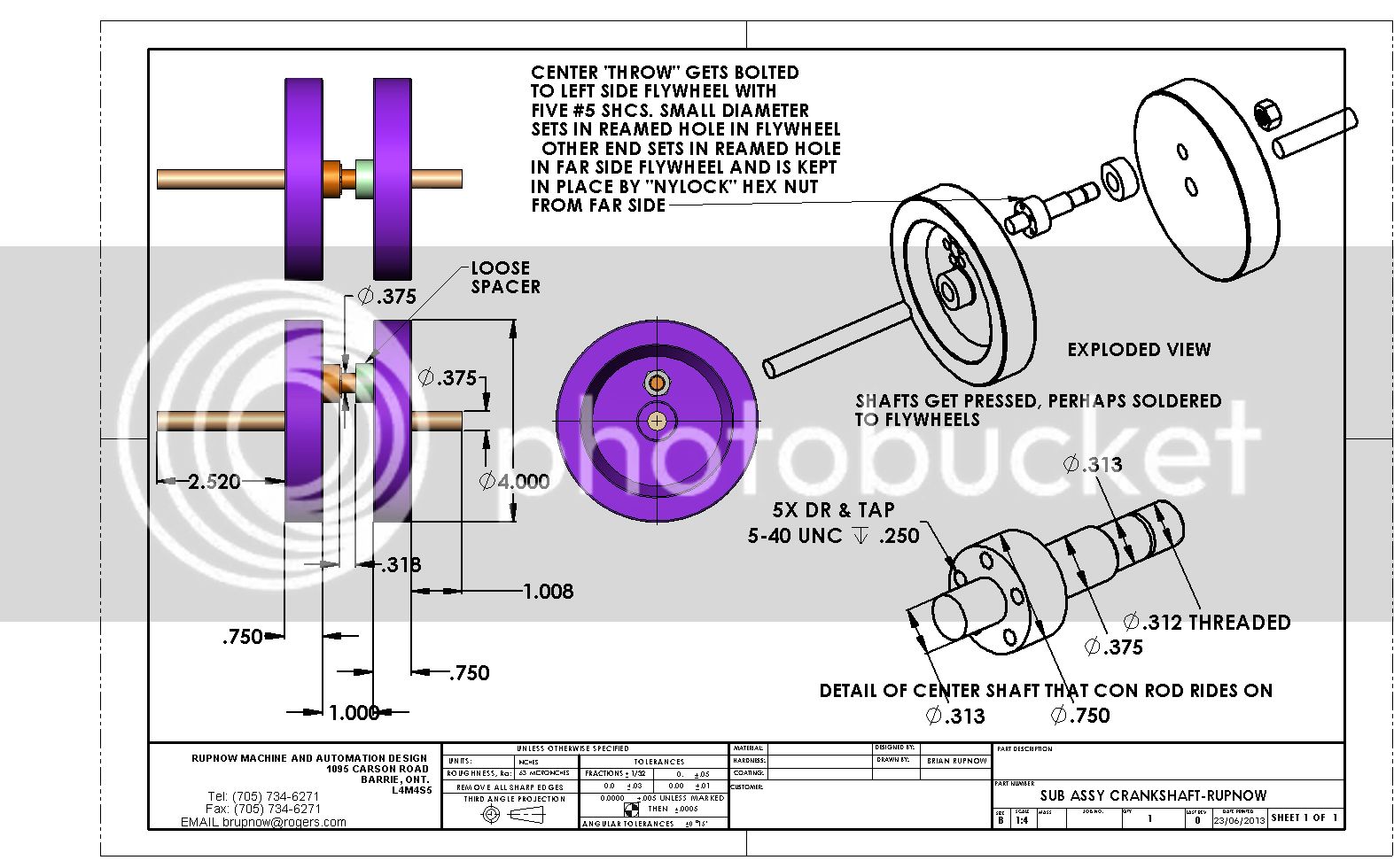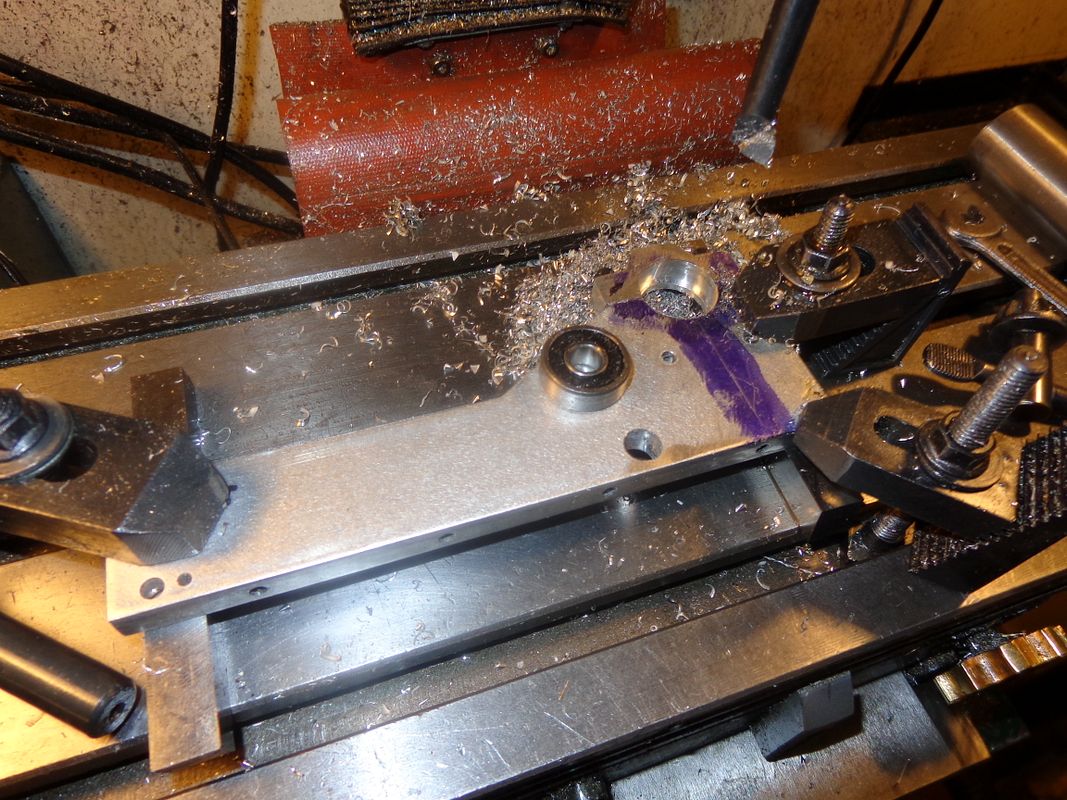canadianhorsepower
Well-Known Member
- Joined
- Oct 22, 2011
- Messages
- 1,671
- Reaction score
- 324
Yet PCD or pitch circle equals Number of teeth divided by DP 24/24 = 1
there is more then one type of pitch
then there is the real pitch
Pitch nomenclature[edit]
Pitch is the distance between a point on one tooth and the corresponding point on an adjacent tooth.[5] It is a dimension measured along a line or curve in the transverse, normal, or axial directions. The use of the single word pitch without qualification may be ambiguous, and for this reason it is preferable to use specific designations such as transverse circular pitch, normal base pitch, axial pitch.
Circular pitch, p Arc distance along a specified pitch circle or pitch line between corresponding profiles of adjacent teeth.Transverse circular pitch, pt Circular pitch in the transverse plane.Normal circular pitch, pn, pe Circular pitch in the normal plane, and also the length of the arc along the normal pitch helix between helical teeth or threads.Axial pitch, px Linear pitch in an axial plane and in a pitch surface. In helical gears and worms, axial pitch has the same value at all diameters. In gearing of other types, axial pitch may be confined to the pitch surface and may be a circular measurement. The term axial pitch is preferred to the term linear pitch. The axial pitch of a helical worm and the circular pitch of its worm gear are the same.Normal base pitch, pN, pbn An involute helical gear is the base pitch in the normal plane. It is the normal distance between parallel helical involute surfaces on the plane of action in the normal plane, or is the length of arc on the normal base helix. It is a constant distance in any helical involute gear.Transverse base pitch, pb, pbt In an involute gear, the pitch on the base circle or along the line of action. Corresponding sides of involute gear teeth are parallel curves, and the base pitch is the constant and fundamental distance between them along a common normal in a transverse plane.Diametral pitch (transverse), Pd Ratio of the number of teeth to the standard pitch diameter in inches.Normal diametral pitch, Pnd Value of diametral pitch in a normal plane of a helical gear or worm. Angular pitch, θN, τ Angle subtended by the circular pitch, usually expressed in radians.
Angular pitch, θN, τ Angle subtended by the circular pitch, usually expressed in radians. degrees or
degrees or radiansBacklash[edit]
radiansBacklash[edit]
Main article: Backlash (engineering)






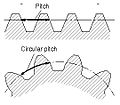
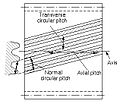



![DreamPlan Home Design and Landscaping Software Free for Windows [PC Download]](https://m.media-amazon.com/images/I/51kvZH2dVLL._SL500_.jpg)





















































